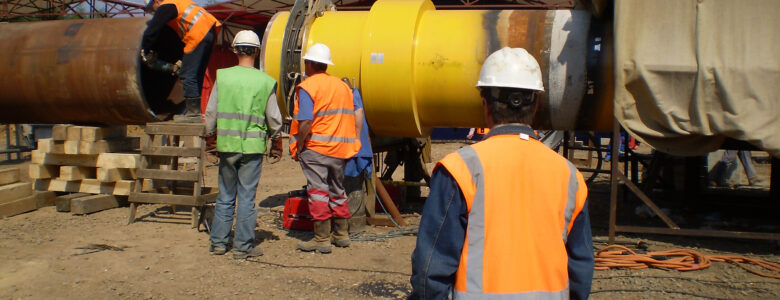Pipelines are a series of pipes fitted with pumps, valves, and other control mechanisms for transporting gases, liquids, and slurries. Our streets, cities, oceans, and continents are all underlain by pipelines. The various energy sources they deliver are essential for most modern-day conveniences. Here are six things you didn’t know about pipelines.
1. There are Different Pipelines for Various Products and Stages
Pipelines carry crude oil from the field to refineries. The pipeline used to transport natural gas from production wells to refineries is different. Once natural gas and oil are refined into new products, they are delivered to other regions by another pipeline.
2. Pipelines Stretch for Millions of Miles
According to ENERGY HQ, over 1,382,569 million miles of pipeline transport billions of liquid petroleum and trillions of cubic feet of natural gas products annually in the United States. It’s estimated that if you connected every natural gas pipeline in the United States end to end, it would travel to the moon and back about three times.
3. Metal Corrosion is Expensive
The Battelle Institute estimates that the U.S. economy spends nearly $300 billion yearly due to metal corrosion. A corrosion problem can occur as a result of an electrochemical reaction. This allows providers to monitor the voltages and currents connected to the corrosion rate, allowing for the identification and mitigation of eroding pipes.
Both internal and external factors often influence eroding pipe’s corrosion rate. External considerations for pipes include their surroundings, water chemistry for submerged pipes, soil moisture, and chemistry for buried pipelines.
4. Pipelines are a Safe Transportation Method
According to the National Transportation and Safety Board, pipelines are among the safest forms of transporting gas and oil. On the other hand, the Fraser Institute states that transporting natural resources by rail increases the risk of an accident by 4.5 times.
5. Pipelines Come in Various Sizes
The diameter of oil and natural gas pipelines can range from two inches to four feet. The ideal pipeline width is determined by the pressures, temperatures, and quantities transported.
6. Sealants, Fiber-optic Technology, and Drones
In addition to manual inspection by ground staff, drones with high-resolution cameras and sophisticated sensors are used to conduct inspections on above-ground pipelines. Modern sealants are employed to prevent corrosion. Fiber optic cables are employed to detect potential threats to the integrity of the pipeline.
An invisible network of pipelines connects every corner of the United States. According to DynaGard, pipeline corrosion alone costs the U.S. economy more than $9 billion each year. Whether you have a corrosion problem or need help deciding which pipeline best serves your needs, always work with the professionals. If you’re searching for a way to protect your pipes, contact DynaGard today! We have a variety of wear pads that can help prevent damage.



Leave a Reply